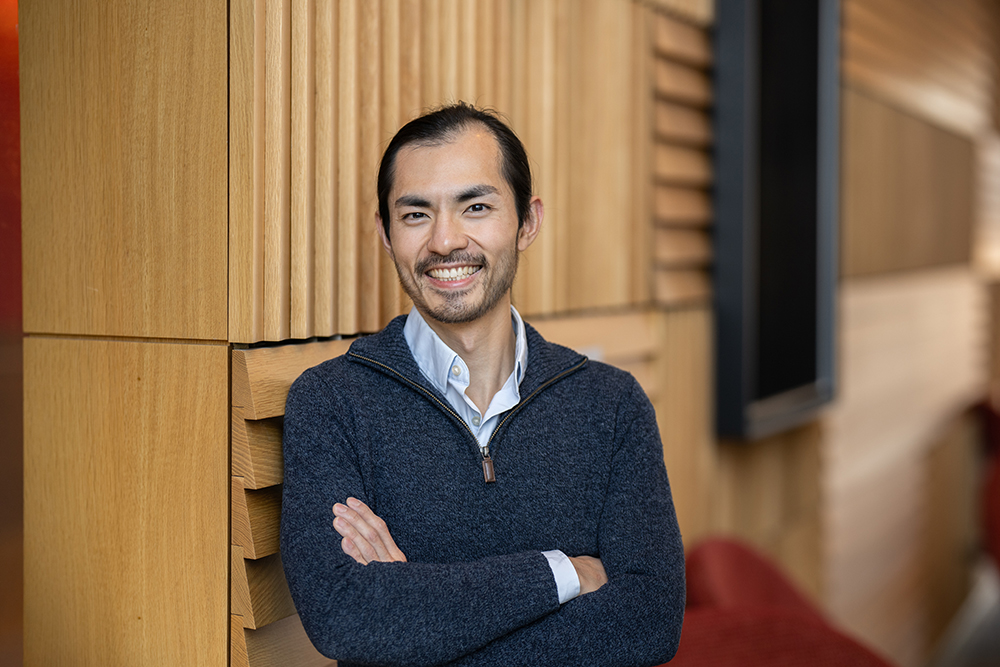For the first time, scientists can freeze-frame the exact moment an animal makes up their mind and commits to a choice-simply by looking at their brain activity.
In the new study led by Princeton University, researchers used AI to trace the trajectory of decision making in the frontal cortex of rats, determining the instant when the brain "committed" to a choice and began tuning out new information.
Understanding this commitment process could improve how we study attention, impulsivity and decision-making in both healthy brains and in disorders like ADHD or schizophrenia.
"We've discovered a biomarker of the precise moment when a decision is finalized, and the deliberation ends," said co-first author Thomas Luo, an incoming assistant professor at the University of Utah who completed the research as a postdoctoral scholar at the Princeton Neuroscience Institute. "We're now able to begin to pinpoint the exact moment when an animal makes up its mind and commits to a decision because we now have more accurate mathematical models of how neurons work together."
The findings were published on Sept. 17, 2025, in the journal Nature.
A click decision

Everyone dreads deciding what grocery lane will move the fastest.
Given little time and uncertain data, most people estimate each cashier's scanning speed, how complicated a fellow customer's cart looks and other key details to make up their mind about which lane is most likely to get them out the door the soonest.
While rats are spared from checkout-line dilemmas, they do face critical food choices based on uncertain cues, such as tracking where a tasty cricket may be hiding among the grass by listening to its stridulations.
In lieu of tracking chirps, though, researchers in the laboratory of Carlos Brody, professor of neuroscience at the Princeton Neuroscience Institute, trained thirsty rats to calculate some simple auditory arithmetic. Each time a parched rat correctly judged which of two sound speakers produced more clicks over the course of just a fraction of a second, they earned a sip of water.
As the rats were making these decisions, the researchers monitored hundreds of brain cells in the frontal cortex, an area critical for decision making.
Math illuminates when choices are made
Luo and Timothy Kim, co-first author and Brody lab graduate student alumnus, then developed a new AI-based tool to sift through the vast dataset of brain activity. This was done without any explicit instructions on what patterns to look for, as an unbiased approach to detect whatever patterns are most salient in the data.
The agnostic analysis revealed that a rat's brain shifts through two distinct phases during decision making.
At first, it processes sensory information from the outside world, which for these rats were the clicks from the speakers. Then, at a certain point, the brain switches gears and begins acting independently, as if it's locked in a choice and stopped paying attention to new input.
This second phase seems to be the moment the rat "commits" to a decision. Notably, this "moment of commitment" happened at different times across trials and wasn't always tied to when the sounds started or stopped. That suggests that decisions depend on both what's happening around, as well as how the brain processes and interprets new information.
Collaboration charts a path for the future
These discoveries were only possible through collaboration between scientists with complementary expertise. Luo brought his background of electrophysiological tools to record thousands of neurons across multiple brain regions simultaneously, while the rats performed cognitive tasks.
"Without the large-scale neural recordings collected by Thomas, we would not have been able to make these findings," Kim said. "That dataset allowed me to develop a deep learning method that discovered a distinct shift in neural representation before and after the animal makes up its mind."
Together, Kim and Luo have opened the door to studying how decisions are made not just in rats, but in people too.
"If we can understand the mathematical rules that describe how neurons work together, we may begin to see how those rules break down in mental illnesses that affect many different parts of the brain," Luo said.
The research may one day improve how doctors diagnose or treat conditions like ADHD, schizophrenia or Alzheimer's. And in the long run, it may even inspire smarter AI systems that make decisions more like the brain; fast, flexible and tuned to changing information.
This work was supported by a grant from the United States National Institute of Health (F32 MH115416, R01MH108358, R01MH138935 and 5U19NS132720) and the Simons Foundation (SF 542953).
CITATION: "Transitions in dynamical regime and neural mode during perceptual decisions," Thomas Zhihao Luo, Timothy Doyeon Kim, Diksha Gupta, Adrian G. Bondy, Charles D. Kopec, Verity A. Elliott, Brian DePasquale, Carlos D. Brody. Nature, Sept. 17, 2025. https://doi.org/10.1038/s41586-025-09528-4
Adapted from a story by the Princeton Neuroscience Institute.






